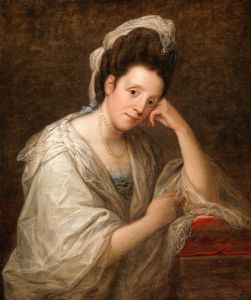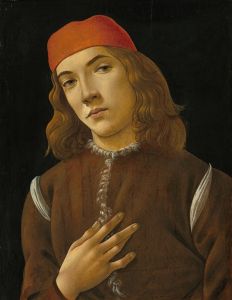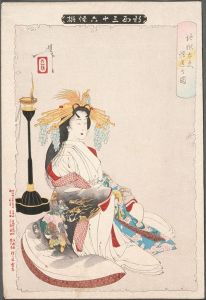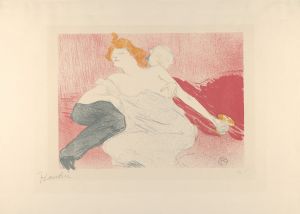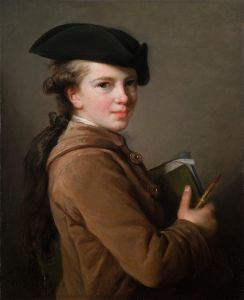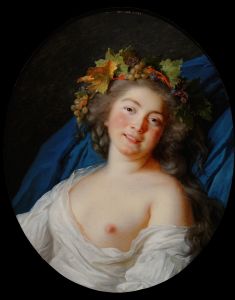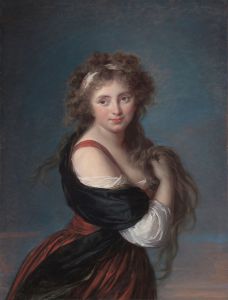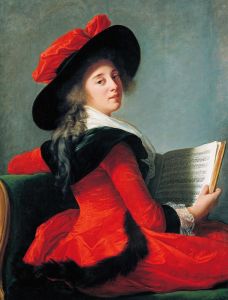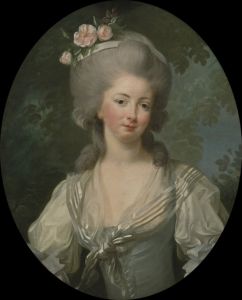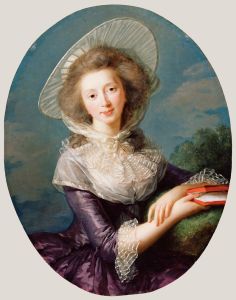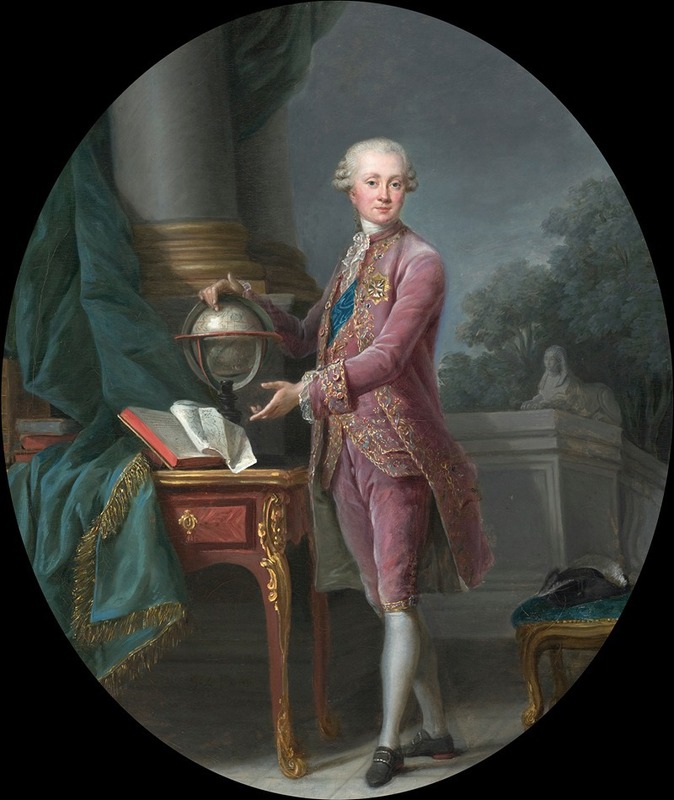
Portrait of the Prince of Nassau
A hand-painted replica of Elisabeth Louise Vigée Le Brun’s masterpiece Portrait of the Prince of Nassau, meticulously crafted by professional artists to capture the true essence of the original. Each piece is created with museum-quality canvas and rare mineral pigments, carefully painted by experienced artists with delicate brushstrokes and rich, layered colors to perfectly recreate the texture of the original artwork. Unlike machine-printed reproductions, this hand-painted version brings the painting to life, infused with the artist’s emotions and skill in every stroke. Whether for personal collection or home decoration, it instantly elevates the artistic atmosphere of any space.
Elisabeth Louise Vigée Le Brun was a prominent French portrait painter of the late 18th and early 19th centuries, renowned for her artistic talent and her association with the royal courts of Europe. Among her extensive body of work is the painting "Portrait of the Prince of Nassau," which exemplifies her skill in capturing the likeness and personality of her subjects with elegance and finesse.
Elisabeth Louise Vigée Le Brun was born in Paris in 1755 and demonstrated an early aptitude for art. She became one of the most sought-after portraitists of her time, particularly known for her portraits of women and children. Her style is characterized by a graceful and naturalistic approach, often incorporating elements of Rococo and Neoclassicism. Vigée Le Brun's ability to convey the charm and sophistication of her sitters made her a favorite among the European aristocracy.
The "Portrait of the Prince of Nassau" is one of Vigée Le Brun's notable works, though specific details about the painting, such as its date of creation and the identity of the prince depicted, are not widely documented. The House of Nassau was a prominent European noble family with various branches, and it is possible that the portrait could represent a member of this family. However, without definitive historical records, the exact identity of the prince remains uncertain.
Vigée Le Brun's portraits are celebrated for their vivid portrayal of the subject's personality and status. In her works, she often employed a soft color palette and delicate brushwork, which lent a sense of warmth and intimacy to her paintings. Her ability to capture the subtleties of expression and the luxurious textures of clothing and surroundings is evident in her portraits, including the "Portrait of the Prince of Nassau."
Throughout her career, Vigée Le Brun painted numerous members of the European nobility, including Marie Antoinette, the Queen of France. Her association with the French court and her subsequent travels across Europe during the French Revolution allowed her to paint a wide array of influential figures. Her portraits not only served as personal mementos for her subjects but also as historical records of the fashion and social dynamics of the era.
Despite the lack of detailed information about the "Portrait of the Prince of Nassau," the painting remains an example of Vigée Le Brun's mastery in portraiture. Her work continues to be studied and admired for its artistic quality and its insight into the lives of the European elite during a period of significant cultural and political change.
Elisabeth Louise Vigée Le Brun's legacy as one of the foremost portrait painters of her time endures, with her works held in prestigious collections around the world. Her ability to capture the essence of her subjects with elegance and sensitivity ensures her place in the history of art as a remarkable and influential artist.





